The inverting circuit with the T network in the feedback
is redrawn in Fig. P2.30 in a way that emphasizes the
observation that R2 and R3 in effect are in parallel (because
the ideal op amp forces a virtual ground at the inverting
input terminal). Use this observation to derive an expression
for the gain by first finding and
For the latter use the voltage-divider rule applied to R4 and
(R2 || R3)

Above is the question I cant understand why i cant an Req=R2||R3+R4 in feedback circuit. But using a volatge divider considering R2||R3 and R4 to calculate Vx is valid.
